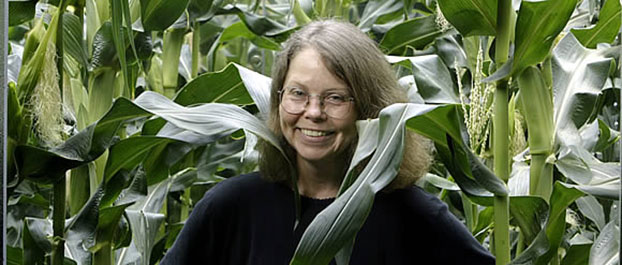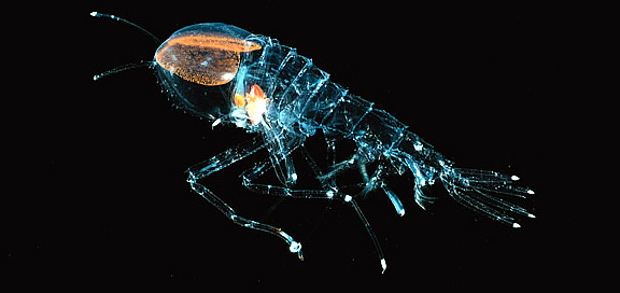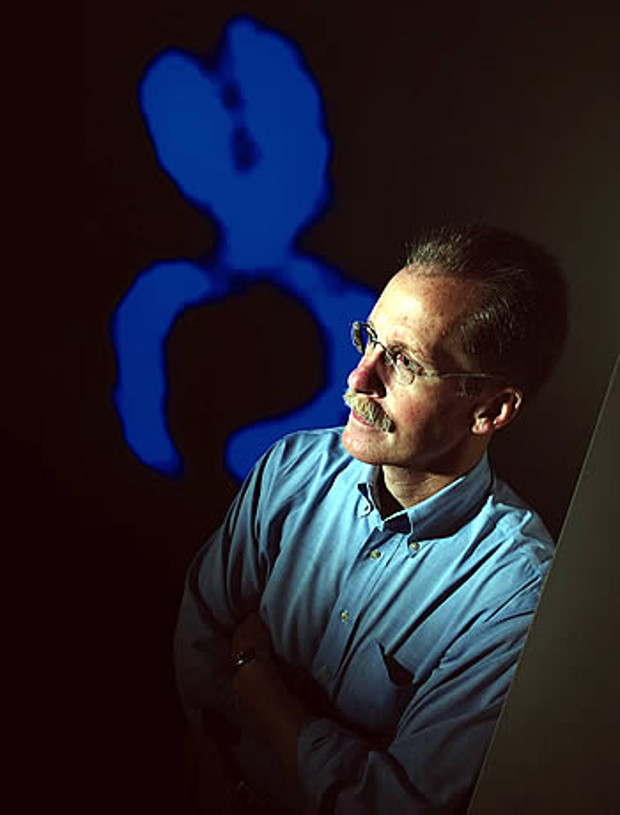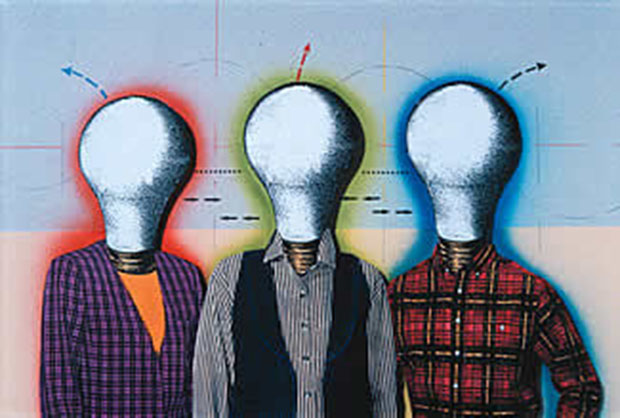- Duke Magazine »
- Writers »
- Dennis Meredith
ARTICLES BY Dennis Meredith
-
September 1, 2014
-
August 1, 2011
-
August 1, 2011
-
June 1, 2006
-
November 30, 2005
-
August 1, 2005
-
August 1, 2005
-
August 1, 2005
-
June 1, 2005
-
June 1, 2005
-
June 1, 2005
-
October 1, 2004
-
October 1, 2004
-
October 1, 2004
-
June 1, 2004
-
June 1, 2004
-
August 1, 2003
-
January 31, 2003
-
January 31, 2003
-
January 31, 2003
-
August 1, 2002
-
March 31, 2002
-
November 30, 2001
-
August 1, 2001
-
June 1, 2001














